Usability is not a verb
I started my career in what is now called UX, but switched within a year for a management role on the same project. Why? I realized that usability is not a verb. For all the data and advice I gave my smart team, I was dependent on them to make decisions. I realized my effectiveness would improve dramatically by taking a leadership role on the development team, rather than an advisory one.
Around 1995 the UX/usability field shifted and usability specialists became usability engineers. The idea was to both get a verb in the name, and to express that usability could be engineered if you followed the right method. It was successful and the field grew fast.
But the problem is this: usability is still not a verb – it’s an attribute of a well made thing. Sticking the word engineer in my job title did not change my training nor give me new skills. It might have helped get me hired, but at best usability engineers are expert advisers. They’re not executives, directors of product development, or even engineers in any practical sense of the word. It’s true that researching, report writing, and analyzing are verbs, but they’re not as potent as designing, programming or building. And more to my point, if that’s the core activity of their job, why isn’t that the primary verb in their title?
The real question
Who has the most control over how well a thing is made? That’s really what all of us want: well made things. The answer to the question is always either:
A) People who do the making, or
B) People in charge of the makers.
For all their progress, most usability/design folks are still neither A nor B. Instead most are
C) people who try to convince A or B to make things in a certain way.
No matter how talented you are, if you are a C, your talents will often be watered down by A and B. If you want more power, there’s only a limited amount A and B will be able to grant, no matter how much they need and respect you.
For years there’s been more toying with names and acronyms instead of actions. We now have User experience, Usability engineering, Information Architects, Interaction Designers, and on it goes. The name changes have meaning to insiders, but most of the people in the tech world care only about the actions we take, not what our business cards say.
How to get what you want
If you have a specialized skill and want more good things to be made using it, one of two things has to happen:
- Persuasion, political acumen and advocacy must be core, not secondary, skills. I’ve yet to see a usability/design group at any major corporation make these primary hiring criteria. Can you win an argument with an engineer? With the director of marketing? Can you spot the decision maker in a meeting and earn their trust? In most of the world, a kick-ass advocate with mediocre research skills would do twice as much good over someone with the opposite skill set. Stop going to usability conferences or reading design blogs for a year: instead of learning a new HCI method, study advocacy, persuasion and team politics. The power you get from your existing skills will double.
- Move from expert/adviser roles to general management. Many former engineers and testers went to night school, got an MBA, and moved into management roles – I bet some of you work for them. They transcended their specialty to take on a larger role in the making of things. It’s the general managers that make progress, by enabling budget, headcount and political capital for UX folks. If you don’t see anyone doing this for you, then stop waiting around – go pave the way yourself. If you have true love for making great things it’s the only way it’s likely to happen in your world. With someone like you in a general management role, the usability/design person you work with will be empowered to do great things.
I advise people who want change to stay with the good verbs. Find the people who are doing and moving, or are able to persuade others to do so. The talkers, the report writers, the complainers, the finger pointers, those are the people to avoid: they’ll be doing those things forever. It’s people comfortable with the positive verbs, doing, asking, learning, risking, reaching, who make change, if it’s going to happen at all, possible.
Anyone who understands design or usability understands problem solving, and should be able to apply those methods to their own situations. The above attitude, or something like it, should be a natural path of thought for anyone who wants more influence and power. As Don Norman once advised (applicable to any kind of expert):
“Designers uniformly complain that they are ignored, that they are called in too late, that people complain that when they make suggestions because it costs too much money or slows down the product. It seems that designers are not applying their own methods to their own problems – that when you find a problem, you need to step back to see what the root causes are. If for years, designers are complaining that they are ignored, well, maybe there’s a reason why. “
Related:
- Why ease of use doesn’t happen
- Why usability is a path to failure (Read the comments)

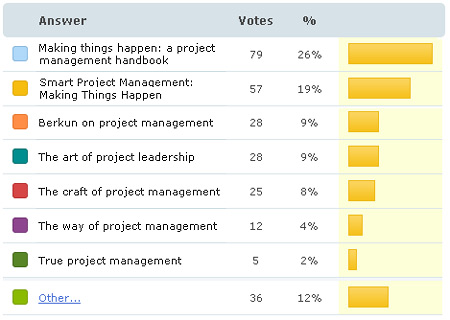
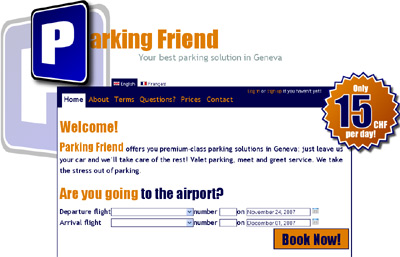
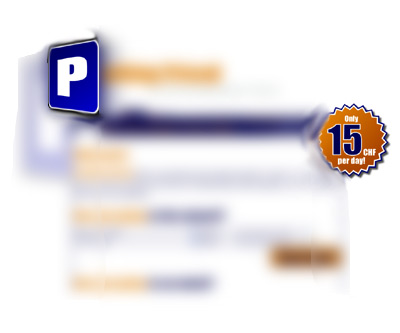
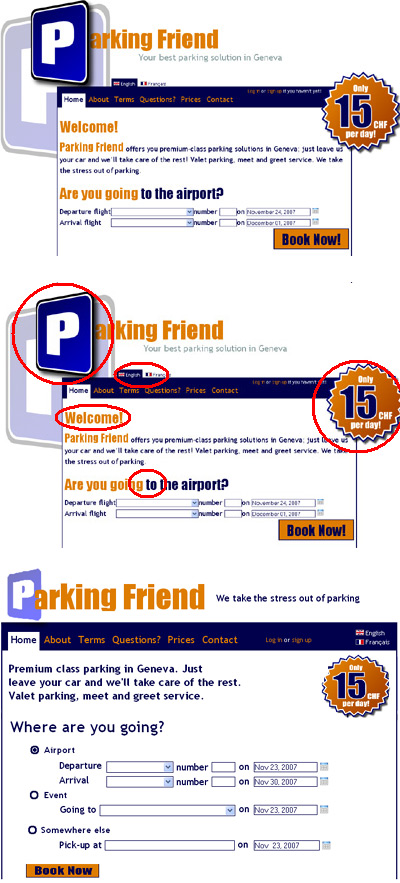
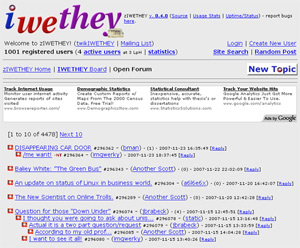
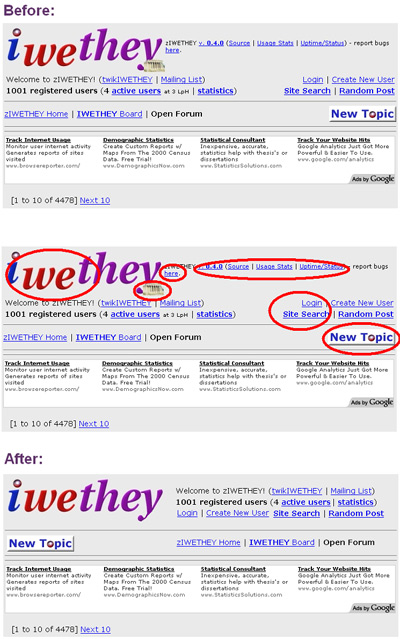


 When
When 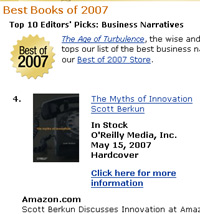

 This is a question I’ve thought about often (See
This is a question I’ve thought about often (See